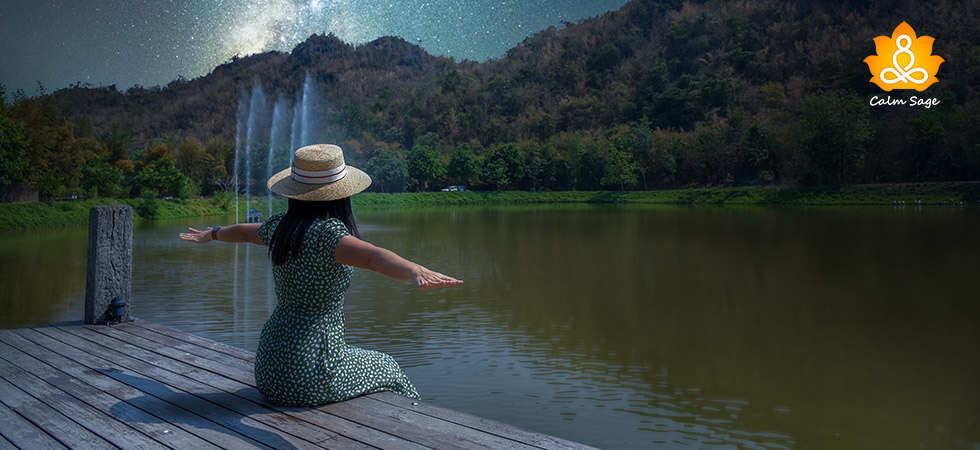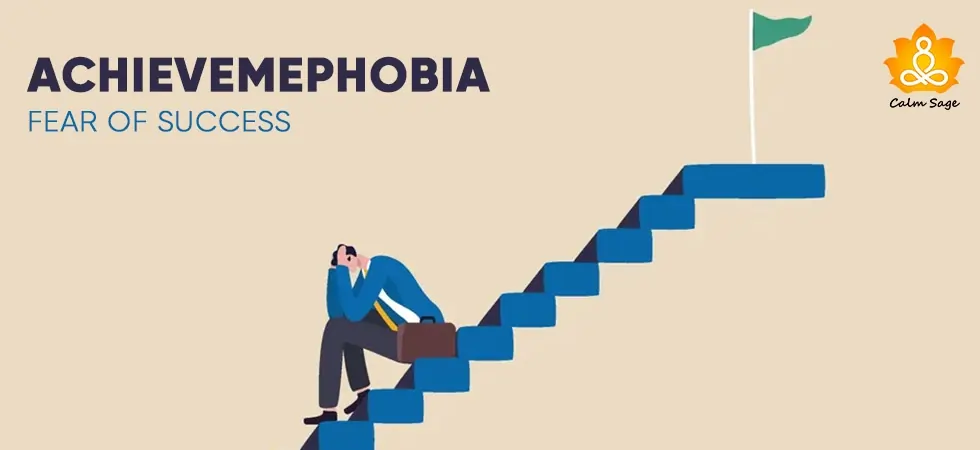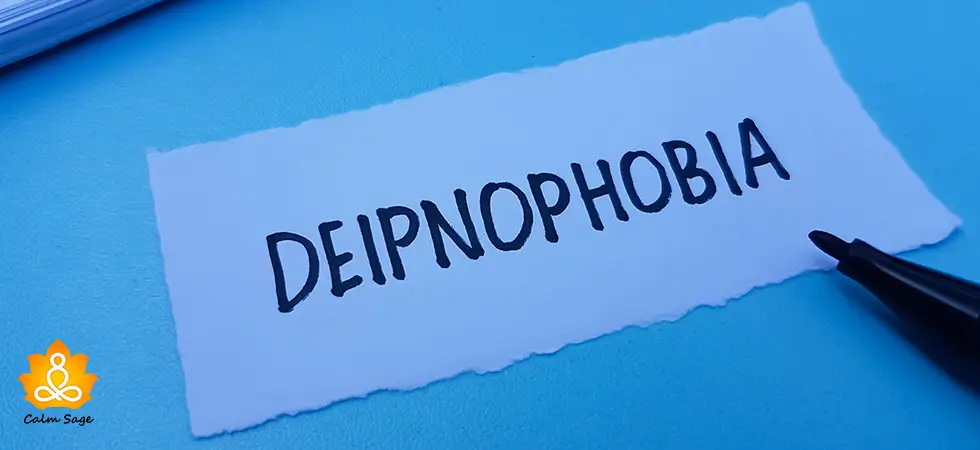What Is Heliophobia (Fear Of Sun Or Sunlight)?

A lot of people on the internet asked, “Is the fear of the sun real?” Well, yes, fear of sun, sunlight, or bright light is known as heliophobia in psychology. It is a specific type of phobia characterized by intense feelings or anxiety experienced after exposure, hearing about, or thinking of the sun, sunlight, or bright lights.
Scientifically, this fear is caused by the excessive sensitivity of sunlight. However, this phobia can also be triggered by bright indoor lights. In this blog, we will understand what heliophobia is, its symptoms, causes, diagnosis, treatment, and more.
So, let’s get started!
What is Heliophobia?
Heliophobia (He-lio-pho-bia) is the fear of the sun or sunlight which is a type of specific phobia or anxiety disorder. This phobia is so excessive that it interrupts the overall quality of life. Heliophobia can be triggered by seeing, hearing, or thinking of places, situations, images or videos showing sun, sunlight, or bright lights. In this phobia, people start avoiding going out in sunlight, watching movies, social interactions, and working out which directly impacts their professional and personal lives both.
This phobia can be caused by multiple factors such as living in countries or states with less exposure to sunlight, excessive sensitivity, extreme anxiety caused by developing skin cancer, and more. The opposite fear of heliophobia can be selenophobia which is the fear of the moon.
Symptoms of Heliophobia
Heliophobia manifests differently for different people, generally, the symptoms of heliophobia differ on the basis of severity, personality type, and other factors. Below listed are some of the commonly experienced symptoms of heliophobia:
- Abnormal sensations
- Chronic anxiety
- Discomfort, numbness, or shakiness caused after witnessing, hearing or thinking of sun or sunlight
- Fear of being trapped
- Lack of concentration
- Nausea or vomiting
- Palpitations
- Panic attacks
- Shortness of breath
- Skin burning-like sensations (even if the skin is not burning)
**Skin burning-like sensations are a rare genetic defect called erythropoietic protoporphyria) **
Causes of Heliophobia
As mentioned above, heliophobia can be caused by the presence of multiple factors such as:
- Excessive sensitivity: Sensitivity towards sunlight or fear of developing skin-related issues such as skin cancer, sensitivity, burns, blisters, and others may lead to the development of heliophobia. Additionally, physical health issues such as migraines cause excessive sensitivity toward light exposure. Porphyria cutanea tarda is a skin condition that causes blisters on the skin resulting in the development of heliophobia.
- Keratoconus: Keratoconus is an eye disorder characterized by extreme sensitivity in optic areas leading to sensitivity to bright light or exposure.
- Presence of mental health disorders: Mental health disorders such as obsessive-compulsive disorder may lead to the development of heliophobia as intrusive thoughts related to developing cancer, burning skin, or getting allergies may limit exposure to sunlight.
Diagnosis and Treatment of Heliophobia
If you think you or your loved one might be struggling with the symptoms of heliophobia, the first step to take is to connect with a mental health professional for proper diagnosis and treatment.
The diagnosis of specific phobias such as heliophobia is done with the help of the Diagnostic and Statistical Manual of Mental Disorders 5th Edition Updated Version (DSM-5-TR). The diagnosis process of heliophobia generally involves:
- Detailed evaluation of symptoms
- Detailed evaluation of levels of anxiety and current state of mind
- Recorded history of psychiatric, social, and medical conditions
- Recorded history of relatives or family members with mental health conditions
The diagnostic criteria for heliophobia and other type of phobias include:
- Symptoms must be present for more than 6 months and they must be interfering with the overall quality of life
- Symptoms must trigger extreme anxiety right after thinking, seeing, listening, or encountering sun, sunlight, or bright lights
- Symptoms must lead to significant stress or panic
Coming forth to the treatment process, below are some of the treatment options for treating heliophobia:
- Cognitive behavioral therapy (CBT): CBT helps in replacing negative thoughts with positive ones. Additionally, it also provides a safe and healthy environment for clients to talk about their feelings.
- Exposure therapy: Exposure therapy is one of the most effective therapy techniques for treating specific phobias such as heliophobia. It involves exposure to the source of fear gradually in a safe environment.
- Hypnotherapy: Hypnotherapy helps in changing thinking related to sun, sunlight, excessive sensitivity, burning sensations and others with the help of hypnotic trances or therapies.
- Medications: Mental health professionals prescribe medicines for treating some specific symptoms such as anxiety, panic, and others. Commonly prescribed medications are antidepressants, anti-anxiety pills, and beta-blockers.
Self-Help Strategies to Overcome or Manage Heliophobia
If you or your loved ones are struggling with mild symptoms of heliophobia, here’s how you can manage or overcome heliophobia:
- Join self-help support groups through online platforms or nearby
- Seek support from your loved ones and keep communicating your thoughts or feelings related to phobia
- Take the help of gradual exposure therapy techniques in a safe environment
- Practice relaxation techniques such as meditation, yoga, walking, tai chi, and others
I hope this blog helps you understand heliophobia. Comment down and share your views on the same or you can also write to us at Calm Sage. For more such content, connect with us through all social media platforms.
Thanks for reading!




















